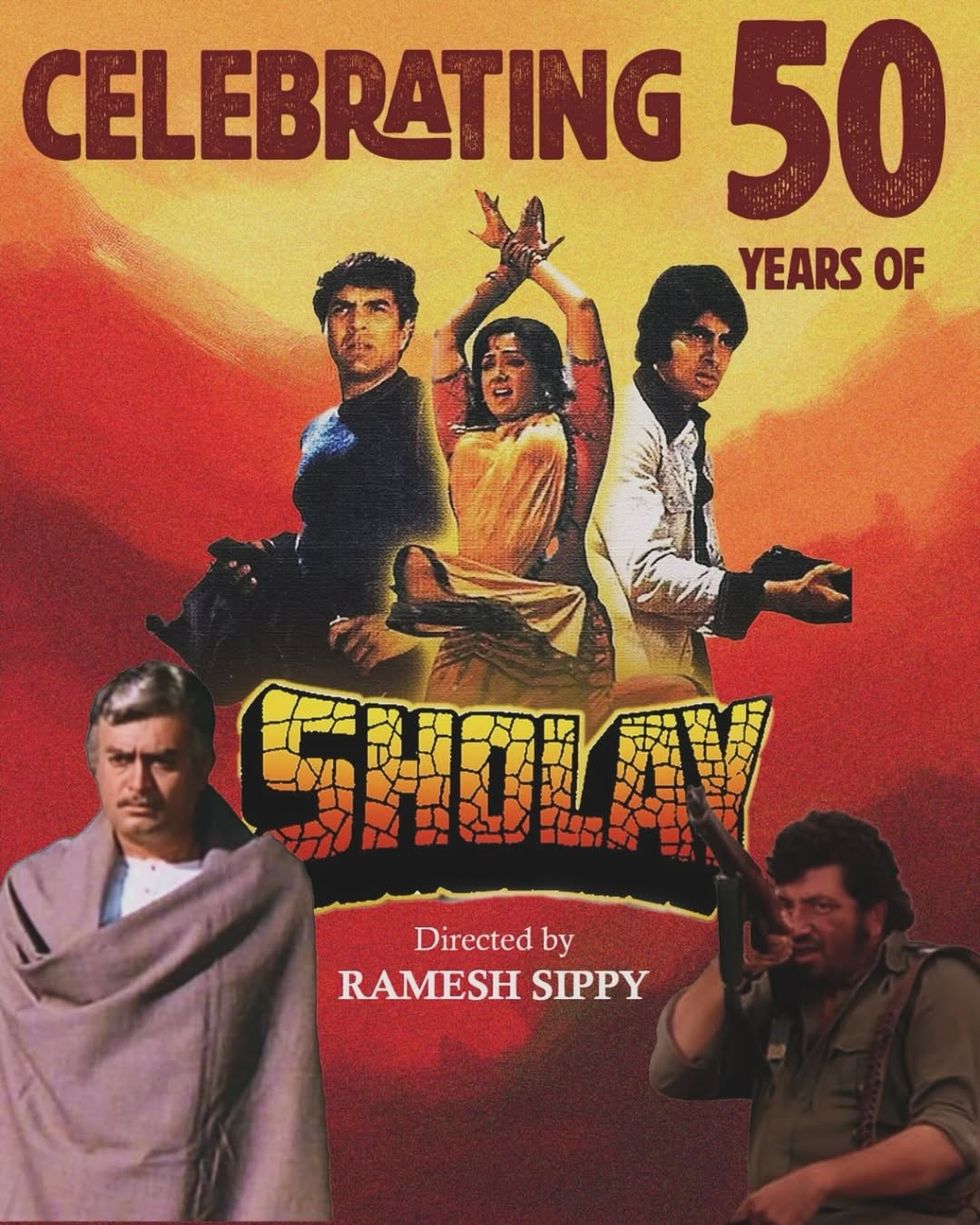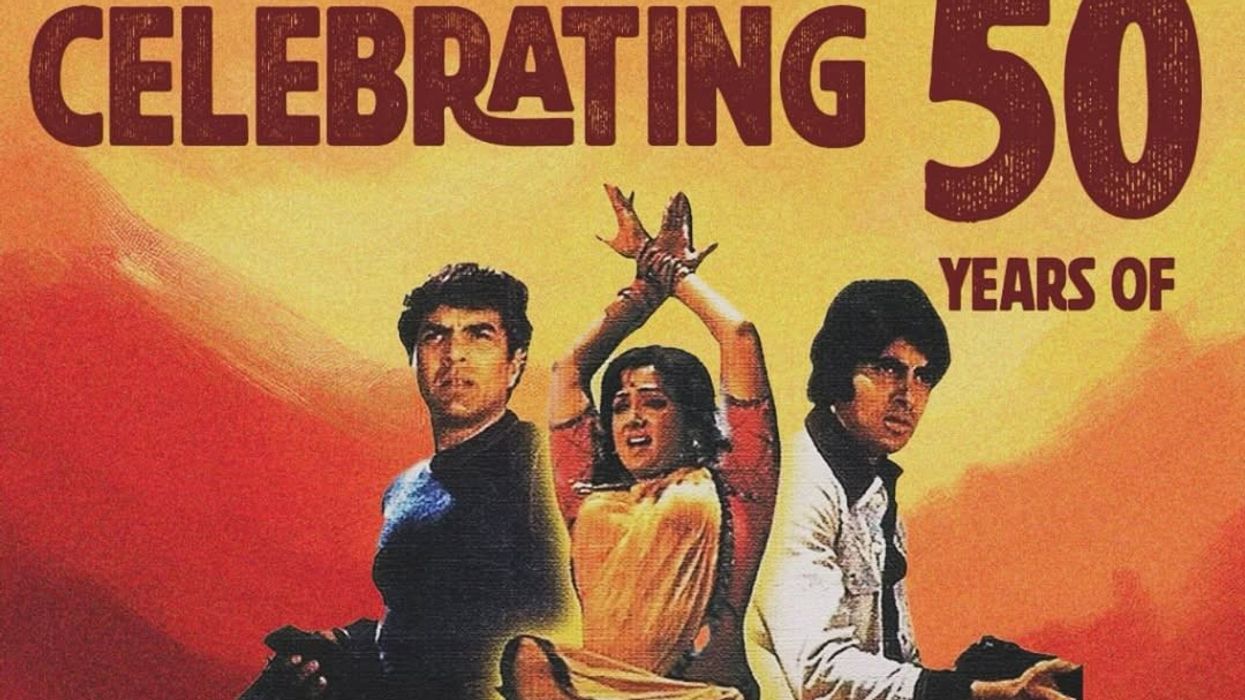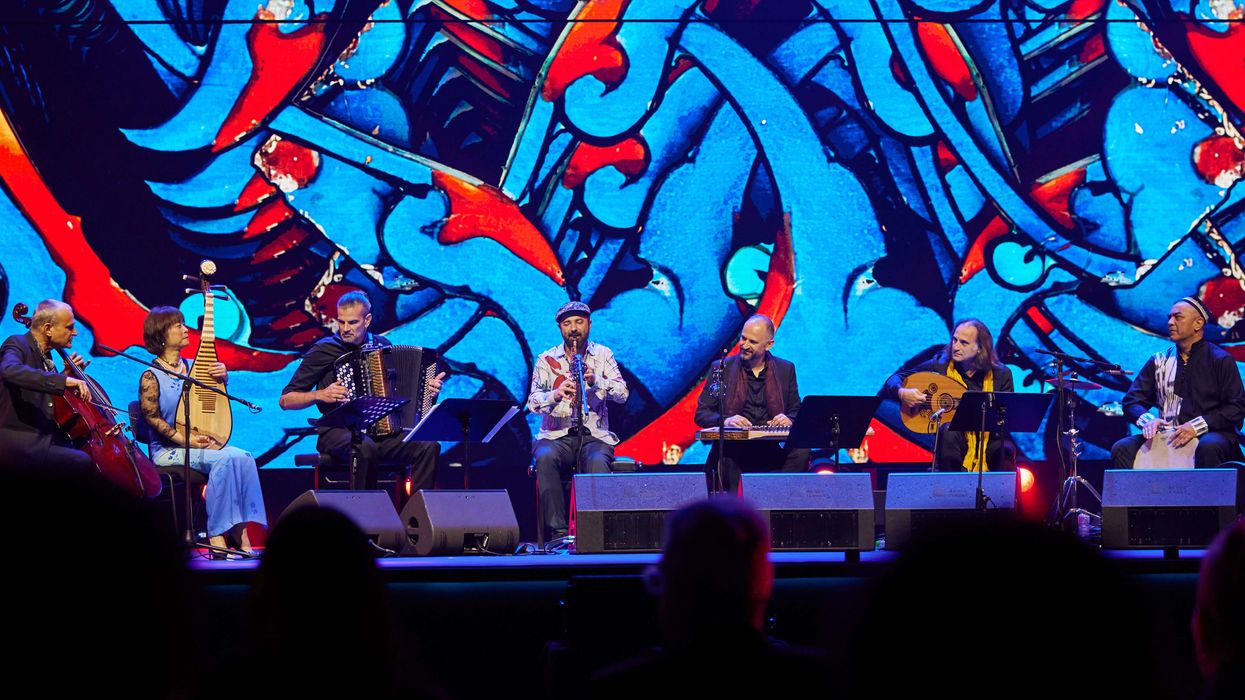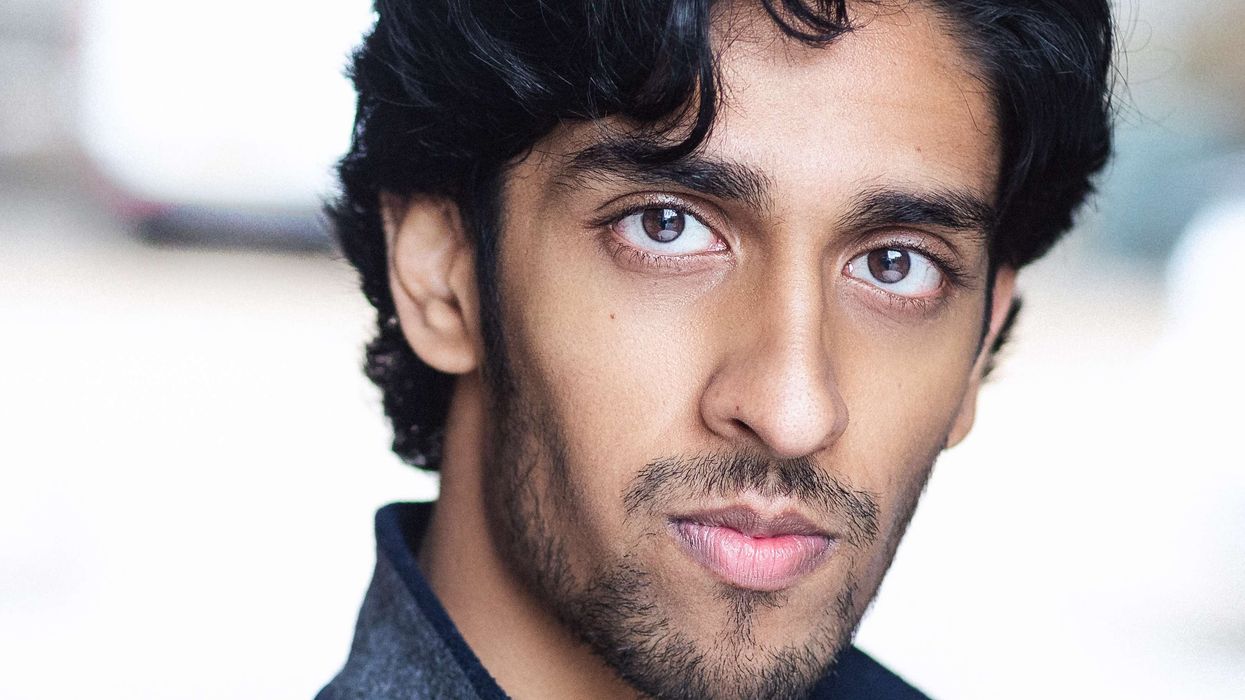Highlights
- Sholay marks its 50th anniversary on August 15, 2025, with global celebrations and a restored 4K release.
- The North American 4K premiere will take place at the Toronto International Film Festival in September.
- Rarely seen original ending, where Thakur kills Gabbar, unveiled after decades.
- UK audiences get a live musical tour recreating Sholay’s iconic songs and scenes.
- Behind-the-scenes stories reveal casting twists, on-set mischief, and shocking pay gaps.
Some films age. Sholay refuses to.
Fifty years have passed since that dusty road in Ramgarh first brought us Jai, Veeru, Basanti, Thakur, and a villain whose name still sends a shiver. It’s a film you don’t just watch, you inherit. Parents pass it to kids like a family heirloom. Every rewatch is a homecoming, yet it still surprises you.
And now, as 15 August 2025 marks its golden jubilee, Sholay is not just being remembered, it’s being reborn. Here’s how its fire still crackles, half a century on.

1. Global 4K debut in Toronto
The Film Heritage Foundation’s painstakingly restored 4K version will premiere at the Toronto International Film Festival on 6 September 2025. A packed 1,800-seat Roy Thomson Hall will watch it in never-before clarity. The question on every Indian fan’s lips: “When’s it hitting home screens here?”
2. “Yeh Dosti” hits the UK stage
A full-scale musical and dance tour by LuvEntertainment is bringing Sholay’s beats to life across Hayes, Leicester, Coventry, and beyond. Think “Mehbooba Mehbooba” with blazing lights and live choreography. Like nostalgia, but with stage pyrotechnics.
3. The ending we were never meant to see
For decades, the true climax, Thakur kicking Gabbar to death, was a whisper among film buffs. Censors chopped it out in 1975. In June 2025, the Bologna festival unveiled it to a stunned audience.
4. Casting “what-ifs” and wild sets
Danny Denzongpa was first choice for Gabbar before schedules clashed. Amitabh Bachchan was billed fourth. Dharmendra allegedly bribed lighting crew to prolong romantic takes with Hema Malini. Meanwhile, Jaya Bachchan quietly shot her scenes while pregnant.
5. The jaw-dropping pay scale
Bachchan got £9,400 (₹1,00,000). Dharmendra, the top earner, got £14,100 (₹1,50,000). British stuntmen made £470 (₹50,000) each for the train heist scene, a sum that, at the time, could buy a small flat in Mumbai.
6. From flop to phenomenon
When it released, Sholay had slow ticket sales and mixed reviews. Javed Akhtar admitted he kept watching it himself, worried. Then word-of-mouth turned it into India’s highest-grossing film for nearly 20 years.
7. The records that won’t die
Five years straight at Mumbai’s Minerva Theatre. Over 25 crore footfalls worldwide. Proof that sometimes, the audience just needs time to catch up to genius.
8. Blood, sweat, and real bullets
Basanti’s tanga chase? Twelve days in scorching heat. Some action scenes used actual bullets for “authenticity”, Dharmendra’s idea. The first cut ran over four hours before it was trimmed for release.
9. Gabbar’s roots in reality
Amjad Khan modelled him on 1950s Chambal Valley dacoits. His gravelly “Kitney aadmi the?” didn’t just enter pop culture, it became shorthand for suspicion in Indian households.
10. Writers who never looked back
Javed Akhtar hasn’t rewatched Sholay since its 70mm re-release. His reasoning: “Those lost in their history have no hope for their future.” It’s a sentiment that keeps the film alive, we remember, even if its creators have moved on.
- YouTube youtu.be
The fire we keep tending
You don’t talk about Sholay like any other film. You talk about where you first saw it. You talk about watching it with people who aren’t here anymore. You talk about quoting its lines at weddings, in classrooms, in WhatsApp groups.
Fifty years later, it’s still more than cinema. It’s part of our vocabulary, our memory, our muscle. And as its 4K rebirth travels the world, Sholay reminds us: some friendships, some enemies, and some stories never fade.







 The Gruffalo and friends appear in BBC One’s new festive idents Instagram Screengrab/bbcpressoffice
The Gruffalo and friends appear in BBC One’s new festive idents Instagram Screengrab/bbcpressoffice  The Gruffalo and friends appear in BBC One\u2019s new festive idents Instagram Screengrab/bbcpressoffice
The Gruffalo and friends appear in BBC One\u2019s new festive idents Instagram Screengrab/bbcpressoffice  Viewers stunned as Gruffalo and friends appear in unexpected BBC Christmas identsInstagram Screengrab/bbcpressoffice
Viewers stunned as Gruffalo and friends appear in unexpected BBC Christmas identsInstagram Screengrab/bbcpressoffice






